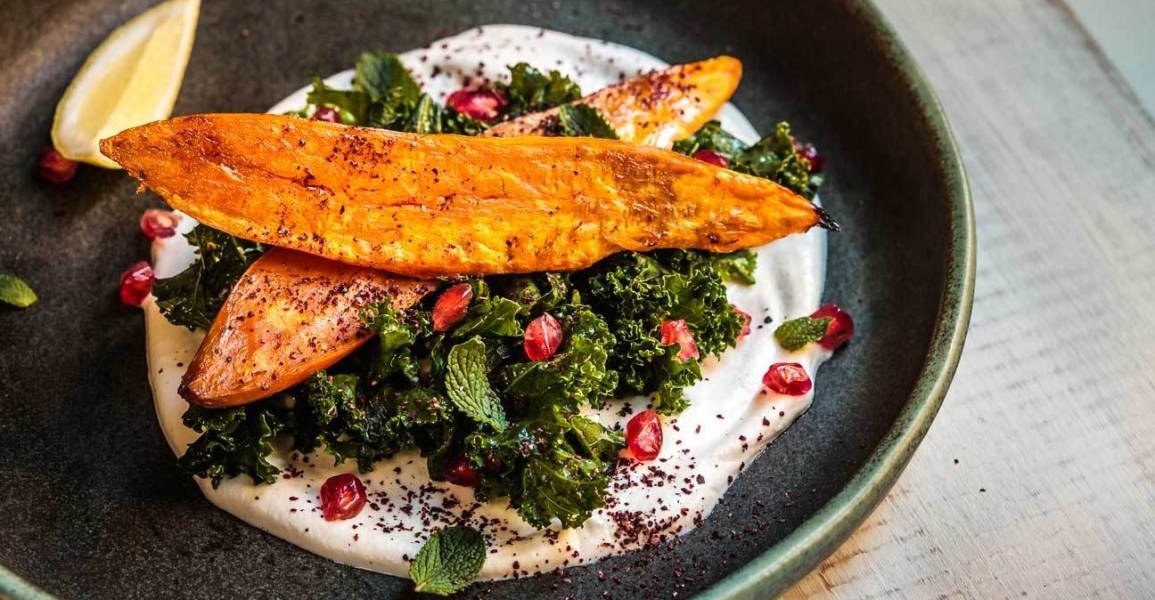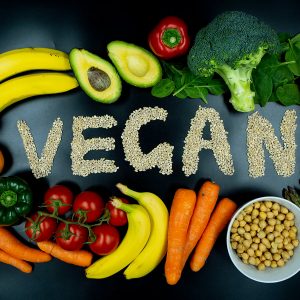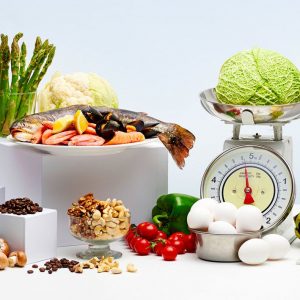Be wary of reducing fats, as with all dietary things it’s not that simple. Fats will store when the body has excess blood sugars, however, the starchy carbohydrates tend to be the trigger for the insulin release that stores the fats or excess carbs. There are essential fats, and essential vitamins and minerals, and essential protiens provided by complex carbs and fats, but there are no essential simple carbs.
Bodybuilding focuses on building your body’s muscles through weight-lifting and tailored nutrition.
Though very low-fat diets can help to strip last small amounts of body fat to show of the muscle definition, and avoidance of processed non-natural fats is a good idea anyway, long term low-fat diets can strip the body or essential fats and stop the intake of fat-soluble vitamins and minerals causing long term damage and deprive the body of nutrients essential to body repair and maintenance. So long-term low-fat diets can be counterproductive to a healthy body and the process of muscle development.
Whether recreational or competitive, bodybuilding is often referred to as a lifestyle, as it involves both the time you spend in and outside the gym.
In order to maximize your results from the gym, you must focus on your diet, as eating the wrong foods can be detrimental to your bodybuilding goals.
5 Tips for Low-Fat Cooking
- Trim all visible fat and remove the skin from poultry.
- Refrigerate soups, gravies, and stews, and remove the hardened fat on top before eating.
- Bake, broil, or grill meats on a rack that allows fat to drip from the meat. Don’t fry foods.
- Sprinkle lemon juice, herbs, and spices on cooked vegetables instead of using cheese, butter, or cream-based sauces.
- Try plain, non-fat or low-fat yogurt and chives on baked potatoes rather than sour cream. Reduced-fat sour cream still has fat, so limit the amount you use.
1. Leafy Greens
Leafy greens contain virtually no fat and are loaded with beneficial minerals and vitamins, including calcium, potassium, folate and vitamins A and K. They’re especially rich in certain plant compounds shown to reduce inflammation in your body (4Trusted Source, 5Trusted Source).
Not surprisingly, studies suggest that diets high in leafy greens may protect against certain conditions like heart disease, diabetes, and cancer.
2. Fruits
Fruits are an excellent option if you’re looking for a sweet, low-fat snack. Almost all fruits are low in fat and high in vitamins, minerals and fibre. They’re also particularly rich in plant compounds. In fact, many of these beneficial plant compounds are responsible for fruits’ vibrant colours. In addition, certain plant compounds are known to be potent antioxidants.
In your body, antioxidants guard against harmful, unstable molecules known as free radicals. Cellular damage from free radicals is linked to aging, heart disease, arthritis, cancer and other conditions.
Fortunately, many studies suggest that diets high in fruits and vegetables can reduce free radical damage due to their high antioxidant content.
Fruits can be enjoyed fresh, dried or cooked. Try adding them to smoothies and salads or eating them with various dips.
3. Cruciferous Vegetables
Cruciferous vegetables are a robust source of nutrients, including fiber, folate, other minerals, as well as vitamins C, E, and K (23Trusted Source). Some common cruciferous vegetables include:
- Broccoli
- Cauliflower
- Brussels sprouts
- Cabbage
- Turnips
All of these vegetables have virtually no fat, making them an excellent addition to a low-fat diet.
Alongside their nutrients, cruciferous vegetables provide sulfur-containing substances known as glucosinolates, which are responsible for the vegetables’ bitter flavor
Common leafy greens include
- Kale
- Spinach
- Arugula
- Collard greens
- Swiss chard
- Lettuce
- Cabbage
Fresh leafy greens can be added to salads or smoothies. You can also try steaming or sautéing them with your favourite herbs and spices for a wholesome side dish.



